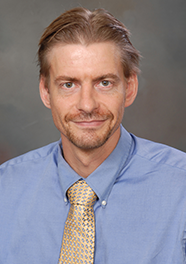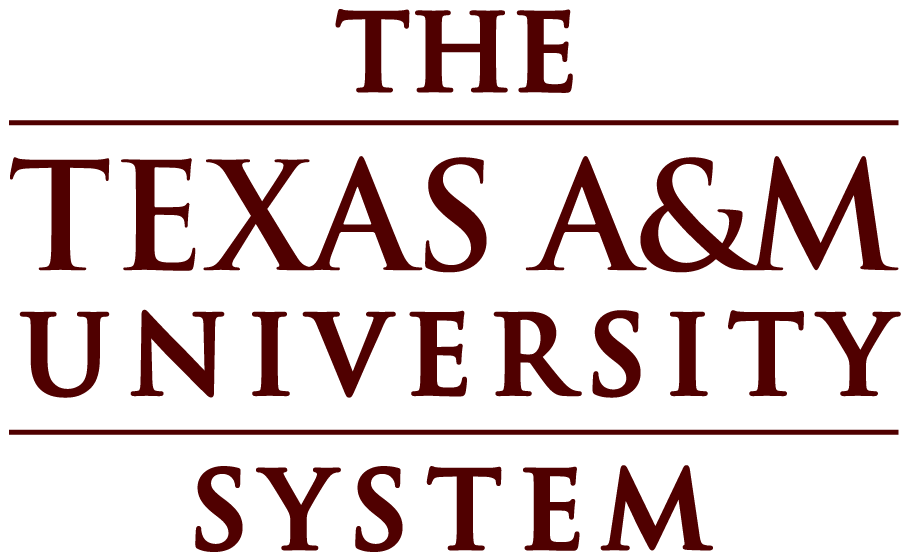 Anyone who’s ever moved knows there are a thousand little things to worry about. Should we keep this item? How are we going to move that thing!? Can we fit everything into this new space?
Anyone who’s ever moved knows there are a thousand little things to worry about. Should we keep this item? How are we going to move that thing!? Can we fit everything into this new space?
Usually, though, most moves involve only one house. Now, think about moving a dozen houses.
That’s the situation facing the Center for Infrastructure Renewal (CIR), which will be the home for 13 labs. As construction on the CIR enters the home stretch, the center is busy making all the preparations ahead of its big lab move to ensure the CIR is ready to operate when the move is complete.
To prepare for the big lab move, Dr. Peter Keating, Associate Professor, Texas A&M Zachry Department of Civil Engineering, and Director of The Structural and Materials Testing Lab, and Duane Wagner, facilities manager with Texas A&M Transportation Institute (TTI), are working with all 13 CIR lab users in order to schedule the move-in process.
“Lab moves are never easy so we’re working with all parties involved to gather as much data and information beforehand to plan for a smoother lab move process,” said Keating, who also will serve as CIR Operations Manager.
The lab moves should take about 6-8 weeks, beginning in early December. After the labs are moved, the lab equipment also will need to be recalibrated. Then the furniture will be brought into the center. All of this activity will continue into February.
“We’re working as hard as we can and doing everything we can to be prepared for Day 1 of the move,” said Wagner. “
In that regard, to prepare for the move, Keating, Wagner and CIR are coordinating with each lab user. As part of the coordination process, they are collecting information and capabilities on the equipment to be used in each of the 13 labs. Keating and Wagner anticipate that more than 300 pieces of equipment could be housed in the new CIR, so collecting a good equipment list is crucial for the lab move. But, the equipment lists also will be used for other purposes too.
“The equipment lists will be utilized with a Laboratory Information Management System (LIMS) that will enable the CIR to operate more efficiently and effectively and to ensure we get the maximum value out of our research operations,” said John Barton, Assistant Vice Chancellor Texas A&M University System, RELLIS Director and CIR Executive Director.
CIR will use the same LIMS system that is being implemented into 30+ labs across the Texas A&M campus over the next few years. The LIMS system has the capabilities to schedule lab equipment; manage projects, customers, invoices and billing; monitor equipment usage; etc.
“In addition to the usefulness of the LIMS system, we’ll also use the lists of equipment to generate materials that detail each lab’s capability,” Barton said. “This information and these materials will be used to supplement research grant applications and market the CIR to external audiences as we pursue opportunities to develop transformative infrastructure solutions.”



